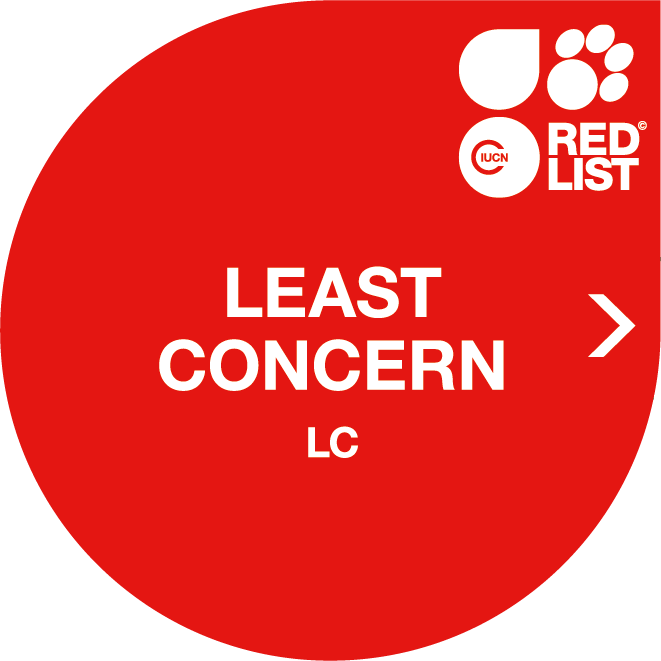
Tuataras
Sphenodon punctatus
From the once globally spread group of Rhynchocephalia, the tuatara is the only species that has survived in New Zealand in the present day. These days you can only find them there across the thirty-two small islands: in the Cook Strait, the Bay of Plenty and the Bay of Islands along the northern coast of the northern main island.
Characteristics
- Origin
New Zealand
- Habitat
harsh, cool climate, heavy grass cover with little tree cover; in burrows during the day
- Diet
Molluscs, insects, spiders, rarely chicks and eggs
- Status
least concern
- Size
50 to 75 cm
- Weight
1 kg
- Breeding period
hatching after egg deposition approx. 13 to 15 months
- Achievable age
over 100 years
Threat Categories of IUCN


Nomen est omen
The tuatara's German name, the 'Brückenechse' (literally: bridged lizard), has been given to it owing to the temporal bridge within the skull, which is receded in all other reptiles. Yet the Maori name 'Tuatara' is used, which is attributable to the yellowish ridged back and means 'spike bearer'. They differ within the order of the Squamata in their lack of external ears and hooks at the ends of the ribs.
Protein-rich diet
With insects, spiders, snails and earthworms, it is predominantly invertebrates that are on the menu of tuatara. They also rarely feed on young seabirds or eggs. Due to the anatomy of their set of teeth, they cut up their prey literally by pushing the teeth of the lower jaw like scissors between the two rows of teeth of the upper jaw.
A living fossil
Tuataras enjoy a lot of similarities with their Mesozoic forefathers from the Triassic period some 200 million years ago – it is no wonder that they are known as a living fossil. All of it's relatives have already died out over a period of approx. 65 million years. Only the Sphenodon species have survived in New Zealand.
Is it true, that ...?
... Tuataras have a third eye? Not quite, at least not one through which they can see. The so-called third eye can only be seen through by young tuataras, since it closes over the years. Nevertheless, it does have some useful functions after that: Due to it's sensitivity to ultraviolet light, tuataras are able to use it to measure brightness and thus, for example, control their sleep rhythm.

